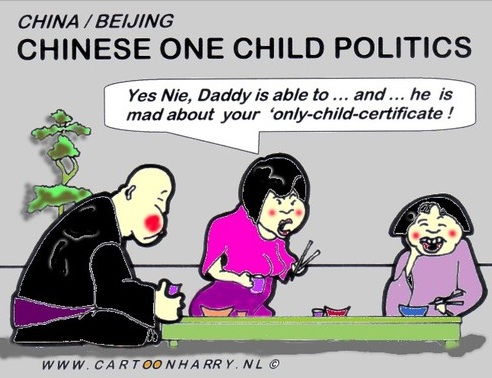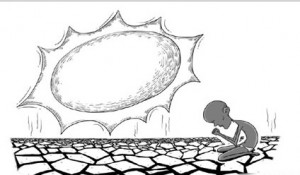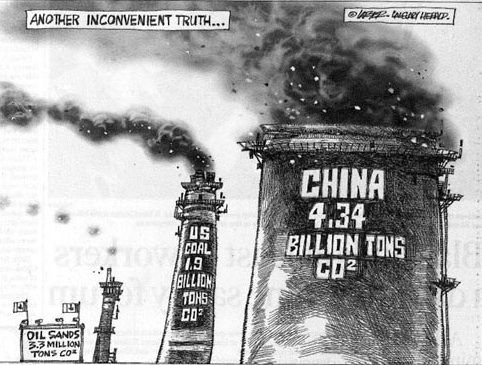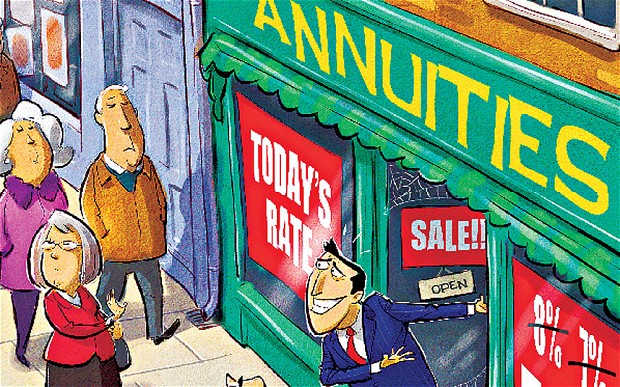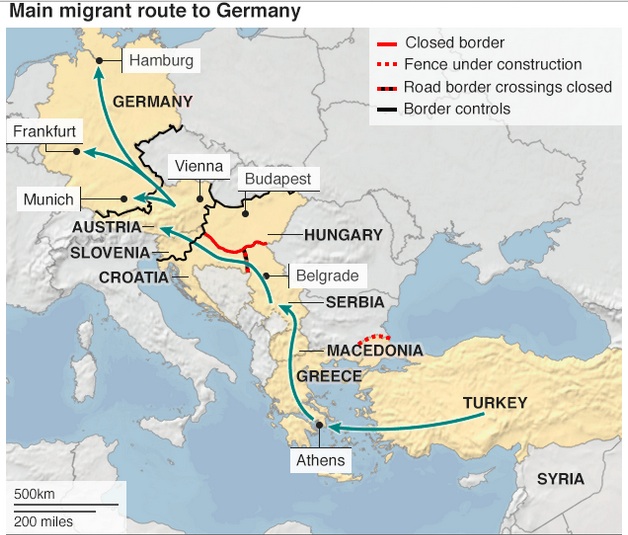Michael Spence writes: On his recent book tour, former Federal Reserve Chairman Ben Bernanke stated that low long-term interest rates are not the Fed’s doing. Low rates result from a shortage of good capital projects. If there were good investment projects, he explained, capital would flow and interest rates would rise. Mr. Bernanke insists that the absence of compelling investment opportunities in the real economy justifies continued, highly accommodative monetary policy.
That may well be true according to economic textbooks. But textbooks presume the normal conduct of policy and that the prices of financial assets like stocks and bonds are broadly consistent with expectations for the real economy. Nothing could be further from the truth in the current recovery.
During the past five years earnings of the S&P 500 have grown about 6.9% annually. As the table nearby shows the current profit picture pales in comparison to prior economic expansions, in which earnings grew significantly faster. Moreover, only about half of the profit improvement in the current period is from business operations; the balance of earnings-per-share gains arose from record levels of share buybacks. So the quality of earnings is as deficient as its quantity. The current economic expansion is also unusual because the stock market and other financial assets have boomed in spite of relatively muted profit gains.
What explains the apparent divergence between earnings and asset prices? The unusual conduct of monetary policy.
Extremely accommodative monetary policy, including the purchase of about $3 trillion in Treasurys and mortgage-backed securities during three rounds of “quantitative easing” (QE), pushed down long-term yields and boosted the value of risk-assets. Higher stock prices were supposed to drive business confidence and higher capital expenditures, which were supposed to result in higher wages and strong consumption. Would it were so.
Business investment in the real economy is weak. While U.S. gross domestic product rose 8.7% from late 2007 through 2014, gross private investment was a mere 4.3% higher. Growth in nonresidential fixed investment remains substantially lower than the last six postrecession expansions. In 2014, S&P 500 companies spent considerably more of their operating cash flow on financially engineered buybacks than real capital expenditures for the first time since 2007. During the precrisis period, by contrast, corporate spending on real assets averaged 10 percentage points higher than on financial assets.
Many believe that today’s lack of capital investment stems from a shortfall of global demand. Output gaps can have a dampening effect on investment. But the demand that drives capital investment is future demand. Efforts by the Fed to fill near-term shortfalls in demand through QE and so-called forward guidance have shown limited and diminishing signs of success. And policy makers refuse to tackle structural, supply-side impediments to investment growth, including fundamental tax reform.
Can it be that QE has redirected capital from the real domestic economy to financial assets at home and abroad. In this environment, it is hard to criticize companies that choose “shareholder friendly” share buybacks over investment in a new factory. But public policy shouldn’t bias investments to paper assets over investments in the real economy.
How has monetary policy created such a divergence between real and financial assets?
First, corporate decision-makers can’t be certain about the consequences of QE’s unwinding on the real economy. The resulting risk-aversion translates into a corporate preference for shorter-term commitments—that is, for financial assets.
Second, financial assets are considerably more liquid than real assets.
Third, QE reduces volatility in the financial markets, not the real economy. By purchasing long-term securities, the Fed removes significant market volatility from stocks and bonds.
Fourth, QE’s efficacy in bolstering asset prices may arise less from the policy’s actual operations than its signaling effect. Mr. Bernanke himself has said that QE “works in practice, just not in theory.”
For real assets, the benefits of QE are far less obvious—and the results far less impressive.
Inadequate capital investment means that labor is also underutilized. The impact of low capital investment is apparent in the weak productivity statistics.
These trends, if not reversed, threaten to harm the U.S. economy’s growth prospects. We recommend a change in course. Increased investment in real assets is essential to make the economic expansion durable.

